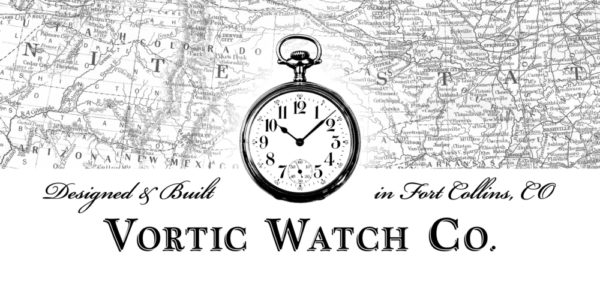
One of the things that gets us the most excited at the WatchTime office is the emergence of an upstart American watch brand. Some of you may recognize Vortic Watch Co. from our previous coverage of the Fort Collins, CO-based brand, but if you haven’t heard of them before, now is as good a time as any to hop on the bandwagon.
Vortic got its start on Kickstarter back in 2014 while founders RT Custer and Tyler Wolfe were still students at Penn State. The driving principle behind Vortic is bringing pocket watches from the heyday of American watch manufacturing — Elgin, Waltham, Hamilton, you name it — back to life and onto today’s wrists.
Custer made the jump from Happy Valley, PA to Colorado after accepting a job offer with Walmart Logistics upon graduating from Penn State in 2014. Custer worked there for two years while Wolfe made watches in the basement of a house Custer had bought. Custer bankrolled everything for those first two years until about a year ago, when they were finally selling enough watches for him to quit his day job.
Ever since, it’s been what seems like a non-stop adventure for the Vortic team that now comprises of six total people plus a network of pickers — yes, like American Pickers — and watchmakers across the nation.
Read on for the rest of our conversation with Custer about the future of Vortic, the time he sold a watch to a TSA agent while getting searched, and the creative limitations he faces every day.
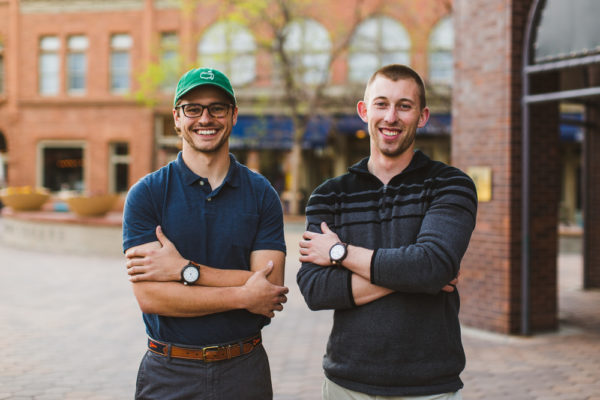
You don’t have a typical watch background, so what’s the biggest surprise that you’ve found going into the industry?
I’m an engineer. I like knowing how things work. And to me, a watch movement is like a tiny little engine that tells time instead of creates propulsion.
How old were you?
I was in college when I discovered mechanical watches. I had a Fossil when I was a freshman that was a gift. That was my nicest watch. So I knew nothing about the industry. But my business partner Tyler, he was a Timex guy. That’s how he first got into it, that was all he could afford. Then when we found out about these American pocket watches and the history of them, that’s really what got us inspired to learn more about it. Even to this day, I can tell you way more about Waltham pocket watch movements, than I can about anything that Rolex does. Or anything that the major brands do. It’s not that I don’t care, this is just the world I live in, so I research all that stuff. And I don’t personally own many other mechanical watches. Mostly because I’ve put every cent I’ve ever made into my company so I don’t have any money. But I’ve learned a lot more as we’ve started to work on some of our modern watches with Swiss movements. And it’s fascinating. I’m really excited to start working with more modern movements now. There’s no great story of how I played with a pocket watch when I was little. It was the fascination of how it works as an adult, as an engineer. Just understanding that whole thing.
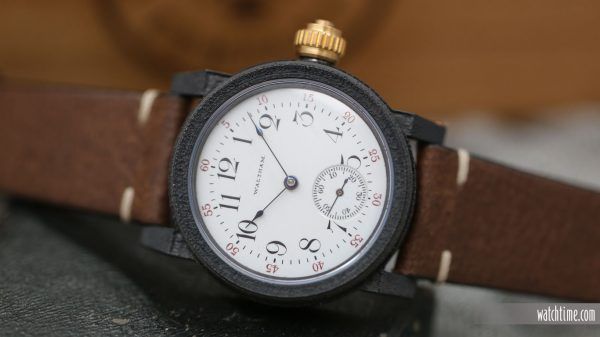
How many watches has Vortic produced in 2017?
We’re on track to do about 450. We sell every single one we make. Typically, we sell them 10 days before we even make them. That’s one thing we don’t talk about too often is that it’s so frustrating, that problem that people think is a good problem, when I say, “We’re always sold out and we never have inventory.” They’re like, “Oh that’s a great problem.” I’m like, “No it’s a big problem–
Because you’re always working behind.
Yeah, we’re always behind, we’re always trying to catch up, and we have all these ideas and things we want to do that we just haven’t been able to get to. Like with the new size Zero watch, which is the latest and smallest addition to the American Artisan series, we’ve been talking about that for a year, and we just didn’t have the time to set aside and the funds to put into it until we had the money to buy a CNC machine. Our next project will be the Railroad edition, which is comprised of railroad grade pocket watches. They’re really tiny and really precise pocket watch movements. We’re making a case for those now. Now that we have our own mill we can do that stuff. The only reason we were able to get that mill and get the inventory we have today is because we raised capital. I talked to a hundred different investors trying to get money to basically get over the pre-order hump. Now we have some financial backing behind us so we can actually get ahead.
That’s fantastic. Congratulations.
Thank you, it’s been fun, but that’s the kind of stuff that people don’t recognize. That’s the thing that I didn’t realize is you can’t really build a manufacturing company without significant cash. To get significant cash you either have to have a huge amount of pre-orders and people paying for things way up front with a huge delivery time, or you need investors. We’ve done all of it.
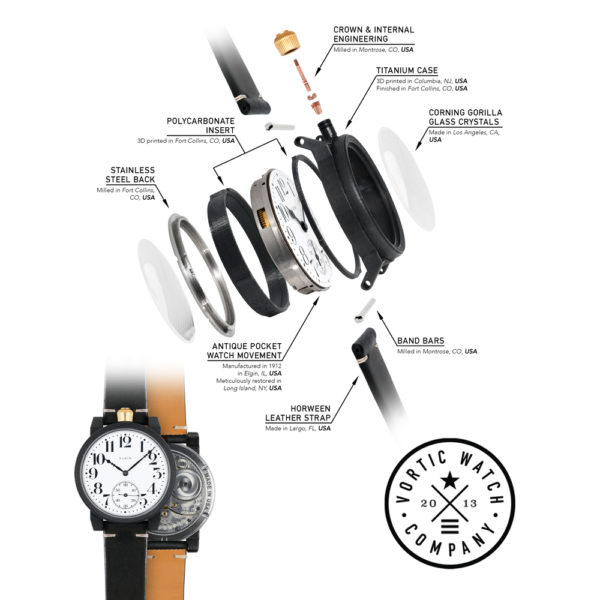
Would you say you do more volume with pre-made watches where you make them and put them on the website and then someone orders them? Or the customized ones where someone sends you their old pocket watch?
It’s actually neither of those. Our watch builder, where you can design your own watch based on the pocket watches that we have, is our top seller. About 90% of our sales are from the watch builder.
Do you work with a watchmaker in Fort Collins? Or who does your watch repairs?
We have a network of watchmakers around the country that are guys that have been doing this longer than I’ve been alive. They all have their own little repair shop, or jewelry store, or something like that. One’s just outside of Boston. One’s in Houston. One’s in Seattle. One’s in Long Island. When they’re not restoring a Rolex or Omega or something like that for their regular customers, they’re working on a little batch of pocket watch movements for me. And they’re the best. I can’t hire someone right out of watchmaking school to do what we do, because you need to have overhauled and restored hundreds, if not thousands, of pocket watches to be quick and to know what you’re doing, to be able to understand what’s going on. These guys have been doing this for so long that they don’t even need to troubleshoot. They’re like, “Okay I’m working on this model of this movement and I know exactly what I need.” And they just go after it. That’s kind of been the backbone of our business, just working with really good watchmakers that have been doing this longer than I’ve been on the planet. The experience they have is amazing.
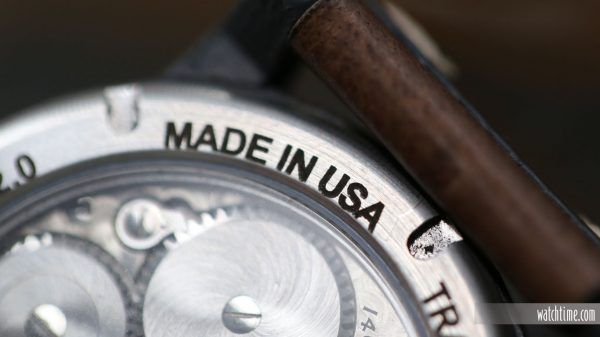
Can you tell me about your experience with the pickers? I feel like everyone has seen American Pickers.
I mean they’re not as cool as those guys, but that’s literally what they do. My pickers mostly go to pawn shops that are melting down the gold and silver cases. The pawn shop workers aren’t in the watch industry besides to buy and sell, and the movement, the dial and the hands, those original pieces of American history that we’re trying to save, are not worth anything to them. And they don’t know we exist. So my guys find as many of those places as possible and just say, “Hey, don’t throw the movement away, put it in a box” and literally I’ve seen it a hundred times, we get them in five-gallon buckets. They throw the movement in the bucket, they rip it out and then they just toss it in the bucket, breaking the balance staff, snapping the hands-off, and just shattering the enamel dial. They throw it in the bucket and then my guys buy those buckets for like $10. So when I go and I meet with my pickers, we sort through buckets and boxes and cases of movements and we try to find ones that that can still be salvaged. Then I buy as many as I can. That’s what I’ve been working with investors and banks to do, is to try and invest more in the movements. Because there’s so many out there that are literally thrown away, and we just need to find more of them and save them. That’s my passion, that’s what I’m driven now to do. I grew up in the shadow of the Hamilton watch factory in Lancaster, Pennsylvania. My dad’s house is in Hamilton Park. Hamilton, as you might know, was like the Rolex of America. They were completely vertically integrated. They forged the steel that they used in all of their parts. So I’m really passionate about them and the other watch companies that did everything the right way, but no one has any use for pocket watches anymore so they get thrown away. So anyway, my pickers buy buckets and boxes of movements. They bring them to me, we have a case of beer and sort through them. We find these gems, literally in a pile of junk. Then we restore them and make wristwatches.
The last time I flew to Colorado after visiting one of my guys, my carry on bag broke during the TSA screening and the agent asked me: “Sir, why is your bag ticking?” I had 75 pounds of pocket watch movements in my carry on. I didn’t want to ship them you know? The TSA guy picked it up and the whole bag ripped apart. Thankfully, I had put all the movements in little bins and stuff, but it was hilarious because they sat there with me and we sorted through all the movements and by the end I had sold a watch to the TSA agent because he was like, “This is so cool.” I had to tell him what I was doing.
So what brands do you find most often, and which ones are in the best condition usually?
Most often it’s Elgin, Waltham, and Illinois. Illinois is typically in the best condition.
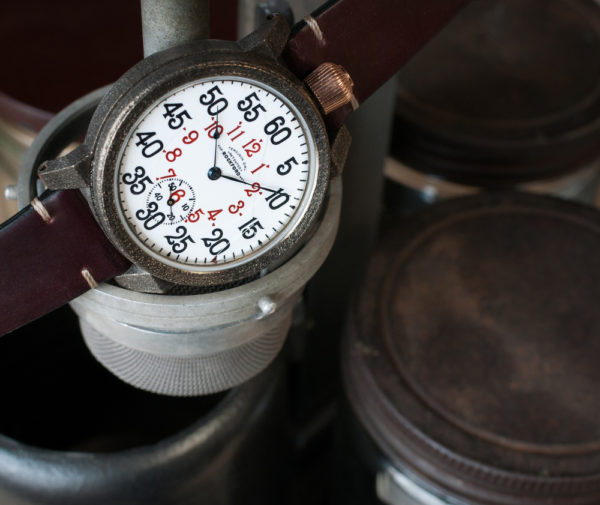
Have you found any creative limitations to your work about not being able to design a dial in the way you might want to, or having to adhere to a vintage style? Are there any frustrations with that?
All the watches in our Artisan series are original antiques. So we don’t make the dial, we don’t change the dial, we don’t change the movement, we don’t decorate the movement, we literally just restore what we get. And a lot of people say, “Oh, you made that dial.” Or they think we decorated the movement, or a lot of people see what we’re making and they’re like, “Oh can you make me another one of those?” They see a watch that’s sold and they want a replica of it, but everything we make is one of a kind. It says on each product that when it’s sold it’s gone forever. Once that light bulb turns on, then they’re like, “Oh shit, this is cool.” But that’s really where the creative limitation comes in because we have what we have. Some customers want something that looks similar like we have some really cool watches that we find sometimes. For example, we found a luminescent black dial that was made for the Royal Air Force by Waltham in the 1930s. And we had three of them and we mounted them onto movements from the same era. One of them we did in a black case and they call it murdered out, all black. As soon as I posted it on Instagram, people were like, “I want that one.” It was sold before we even made it. Somebody commissioned us to make that. But I have two more similar dials, so I made two more. But when we ran out, that was it, we didn’t have anymore black dials at all. So if somebody wants something like that, it’s possible but I have to sort through my whole inventory. I have to call all my watchmakers like, “Hey do you have a black dial? Do you have anything similar to that?” Obviously, we can search eBay, but there’s only so much we can do. There’s hundreds of millions of pocket watches out there so there’s probably another one like it, but if it’s not for sale or in someone’s inventory that I know, I can’t do it. Which is sometimes frustrating for the customers because they want what they want and if they can’t have it, it’s annoying and it’s annoying for me too because I want to give the customer what they want and sometimes I literally can’t. There’s no way. So anyway, that’s why we’re making our modern watches, we call them the Journeyman series. The Journeyman series is 100-piece, limited-edition sets that are inspired by our American Artisan series. So I can take that cool, all-black watch that has sold and is on somebody’s wrist somewhere, and I can make 100 modern replicas of it with a Swiss automatic movement and a smaller 40 mm case. It still has the same cool factor from a design standpoint, but it’s fully modern and there’s only 100. We’re really excited about that.
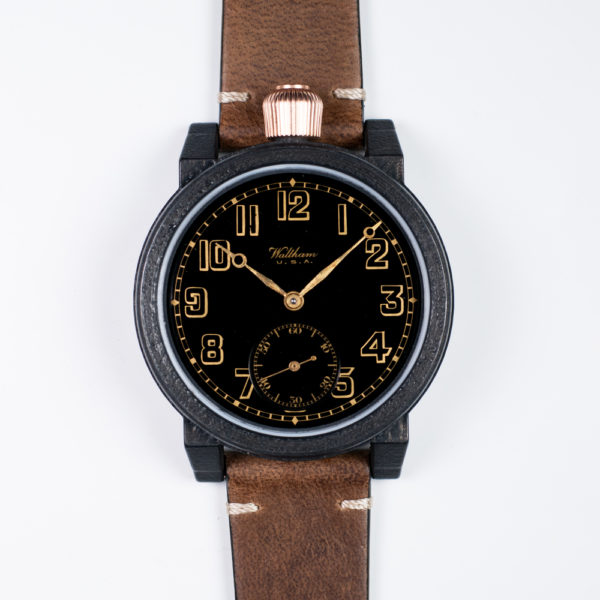
When does that launch?
We’re currently working with companies right now to figure out the best Swiss movement because we only want to make 100, so that means I only want to buy 100 plus a few extras. That’s hard to do because 100 movements is a really small number in the Swiss watch industry. So anyway, we’re working with a couple different suppliers to figure that out. We’re going to start making that first batch in December. And that will be a fairly simple watch, but we’re also working on a grand feu enamel dial that we will make in Colorado.
So would you say that’s going to be your big initiative over the next two, three, four years?
Yeah. We’re going to grow that business. We’re going to grow our Artisan series, we want to make 1,000 pocket watch conversions next year. That’s our goal. And that’s probably as many as we’ll be able to make annually. It’s really hard to make those watches. 1,000 a year is probably the most we can do. But we’re trying to max out that capacity next year. Then we’ll grow the Journeyman series to hopefully mass-scale and grow the customer base in general.
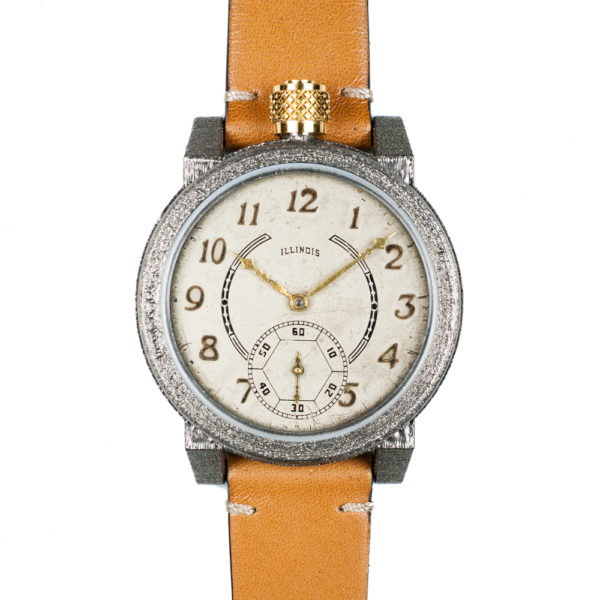
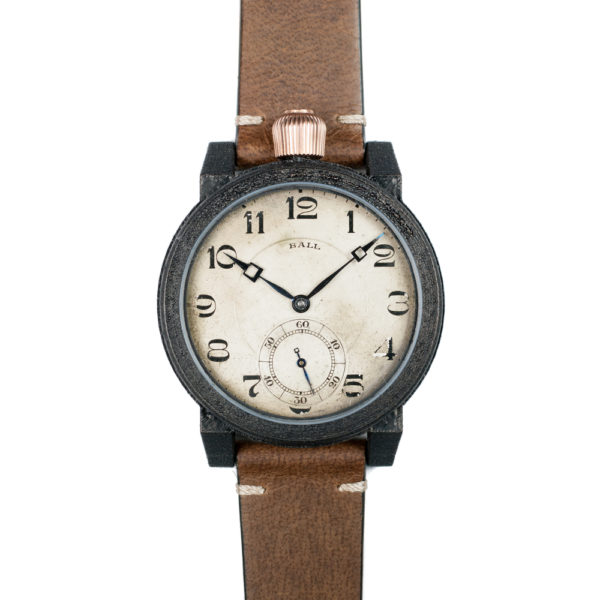

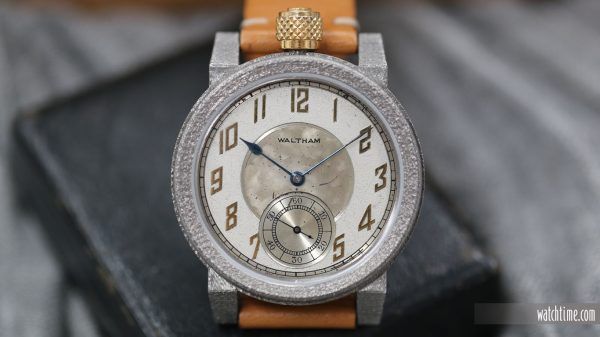
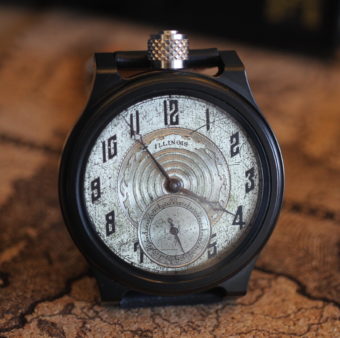

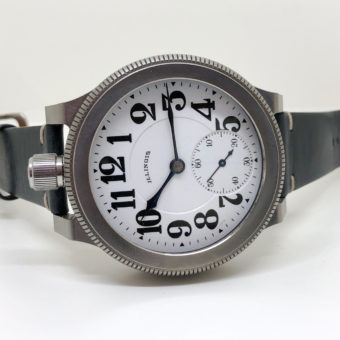
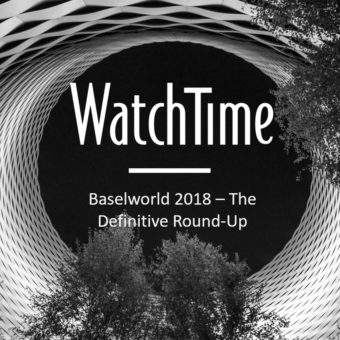
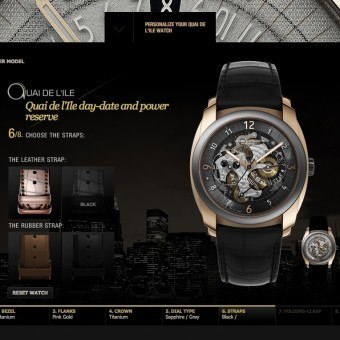
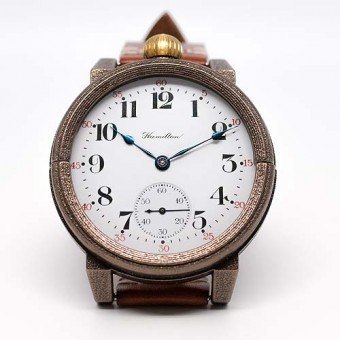
I am still waiting on my railway watch? Go figure. I have two and I love them. Vortic needs to learn how to relate to people.
Hi Robert. I’m sorry for the delays in production of the Railroad Edition. We are working very hard to finish them as quickly as possible while maintaining the level of quality expected. We are almost done too! I’ve been sending weekly video updates, so I’m very sorry if you are not on the email list for some reason. I will double check that, and forward the latest update to your email address just in case. I also added our last 4 updates to our information page here: https://vorticwatches.com/pages/railroad-edition-information
How much do they cost?
WORKED FOR HAMILTON FOR 10 Yrs, , in Michigan, owned GMC 50 years, may have dummy cases,- no movements, pockets, & Star Case ladies, some bulovas dummies, will check when time permits. Now contract work, YAG Laser on dials ,or UV print dials , CO2
laser for Bulova, Interned at Columbia & Race boarding , beers at Keglers, . Knew Schwalm
folks. Good Luck. Just sold my condo in Snowmass–I miss Colorado sunshine. USA GREAT AGAIN.
Timely piece.
Just spoke with RT two days ago, They are working on a Commission to replicate an 1890 Heirloom Elgin 6s. Spent 1/2 hr on the phone covering all the bases.
Can’t wait for the results. Stoked.
RL Crosse
Some very cool designs there! Wish they would make a racing chrono automatic!